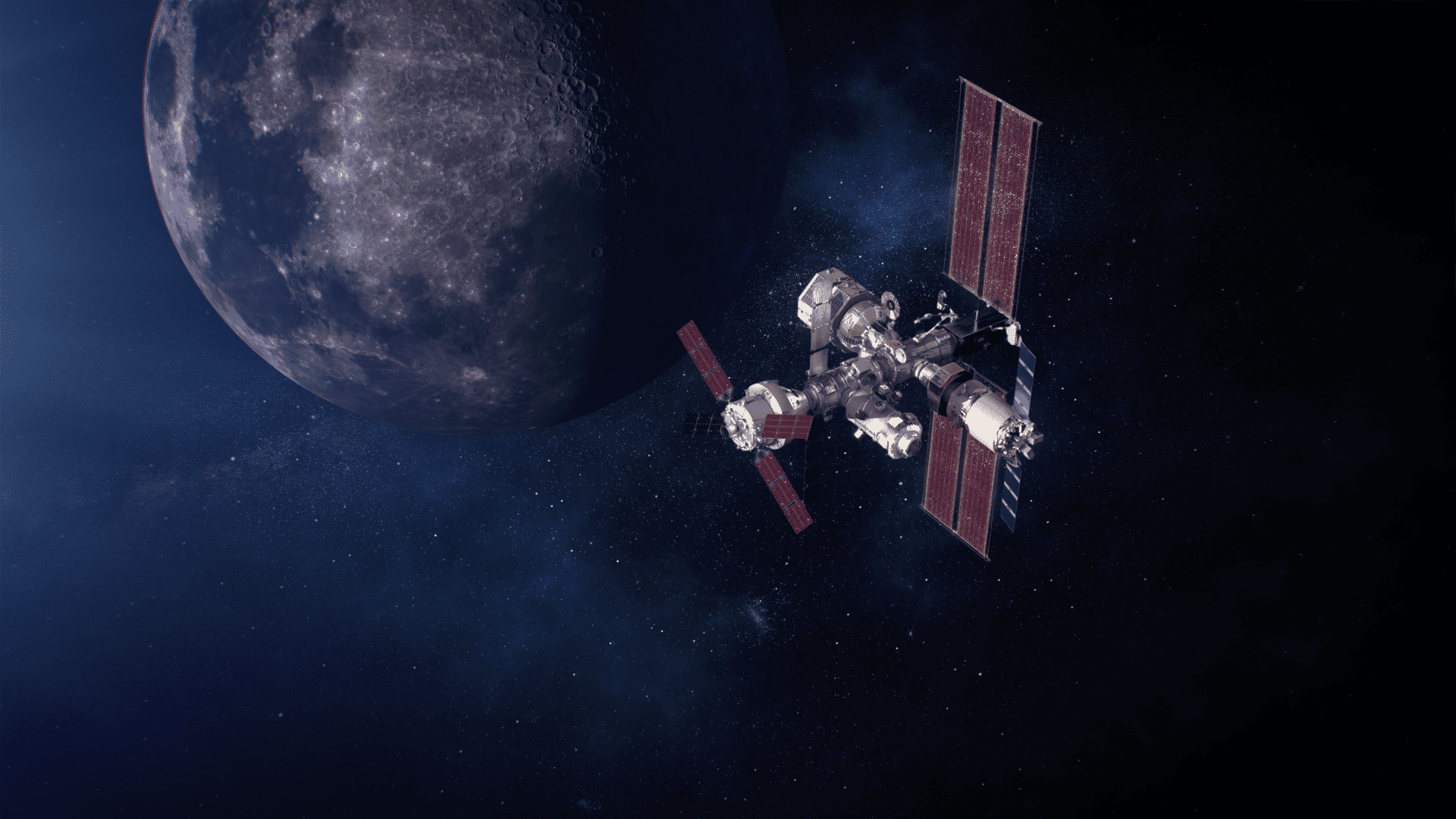
With a new era of lunar exploration underway and dozens of Moon missions planned in the coming decade, the need for a common lunar reference time has become urgent. As numerous missions will be operating on and around the Moon, they will need to communicate together and fix their positions independently from Earth, requiring a separate lunar time system.
Previously, NASA proposed the LunaNet architecture that encompasses new, more robust communications, navigation, and networking capabilities in anticipation of the upcoming Artemis program, which will see American astronauts return to the moon after more than five decades, including landing the first woman and first person of color on the moon.
But now the European Space Agency (ESA) has opened a call for applications for private companies to join a program called “Moonlight”, which will involve launching a fleet of satellites to the moon whose primary mission will be to provide constant telecommunication and navigation coverage to the lunar surface and back to Earth.
“LunaNet is a framework of mutually agreed-upon standards, protocols and interface requirements allowing future lunar missions to work together, conceptually similar to what we did on Earth for joint use of GPS and Galileo,” explains Javier Ventura-Traveset, ESA’s Moonlight Navigation Manager, coordinating ESA contributions to LunaNet. “Now, in the lunar context, we have the opportunity to agree on our interoperability approach from the very beginning, before the systems are actually implemented.”
Telling time on the moon

At a recent meeting at the European Space Agency’s ESTEC technology center in the Netherlands, the discussion of a common lunar reference took center stage. ESA navigation system engineer Pietro Giordano emphasized the importance of defining an internationally accepted lunar reference time to which all lunar systems and users may refer, and a joint international effort is now being launched to achieve this.
Currently, each new mission to the Moon operates on its own timescale referencing a certain timezone on Earth, with deep space antennas used to keep onboard chronometers synchronized with terrestrial time. However, this method will not be sustainable in the coming very busy lunar environment. Some 250 missions to the Moon are due to launch over the next decade alone, according to market analysts at Northern Sky Research.
NASA and the European Space Agency (ESA) are collaborating on a groundbreaking project to build a lunar outpost called the Gateway. The Gateway will be an orbital station that will serve as a staging point for both robotic and crewed missions to explore the lunar south pole. This partnership will pave the way for Moonlight, a new era in lunar exploration.
ESA has also initiated the Lunar Pathfinder project, which will provide initial communication services to early lunar missions. This project will help prepare for the next stage of Moonlight that will enable live streaming of high-quality videos and increase the volume and speed of data transfer for better scientific analysis.
The Lunar Pathfinder project includes a navigation payload demonstrator, which will allow positioning in lunar orbit using GPS and Galileo (European GPS) systems for the first time. The payload demonstrator is scheduled to launch from 2025 onwards and will provide crucial information for the Gateway’s future scientific endeavors and act as a precursor to the Moonlight initiative.
ESA’s European Large Logistics Lander, Argonaut, is being designed to supply the proposed lunar village or deliver scientific missions to the Moon’s surface. This lunar lander is also equipped with the Moonlight constellation for telecommunications and navigation. The high accuracy and autonomous navigation of lunar rovers equipped with Moonlight receivers will enhance mission opportunities and lower the associated risks and costs.
That’s just to name a few upcoming major missions to the moon. As these missions will be on or around the moon at the same time, they will often be interacting as well – potentially relaying communications, performing joint observations, or carrying out rendezvous operations. Accurate navigation demands rigorous timekeeping, and a common lunar reference time is crucial to achieving this.
Among the current topics being debated is whether a single organization should be responsible for setting and maintaining lunar time and whether lunar time should be set on an independent basis on the Moon or kept synchronized with Earth.
The challenges are not trivial though. For example, clocks on the Moon run faster than their terrestrial equivalents – gaining around 56 microseconds or millionths of a second per day. Their exact rate depends on their position on the Moon, ticking differently on the lunar surface than from orbit. Each day on the Moon is, in Earth terms, 29.5 days long.
We can look forward to overcoming these challenges in the future as we enter a new age of lunar exploration.






